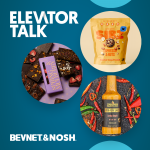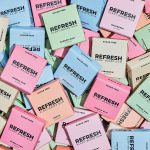Often a Sticky Subject: Getting It Right with Product Labels
It should be attractive and eye-catching. It has to include accurate information. And it must fit — literally — on a package. Product labels are one of the most important aspects of your brand, giving consumers a first impression and insight into what your food or beverage is all about. Moreover, labels provide details about what’s inside a package, details that are regulated by the U.S. Food and Drug Administration and other government agencies. All things considered, a label can be a brand’s strongest attribute or weakest link.
At FBU, we’ve examined ways for entrepreneurs to put their best foot forward when it comes to labels, including what you should know about how to design a unique and prominent label to best express a brand and, in certain cases, the functionality of a product. We’ve also laid out the key points of the legal and regulatory side of labeling.
Before getting into the design and legal aspects of labels, however, it’s important to understand their physical production. To do so, we recently sat down with Ryan Dunlevy of Reid Label & Digital Graphics who offered a wealth of information on what entrepreneurs should know about how labels are made, the variety of materials used to create labels and what labels work best for certain products versus others.
In the following video, Dunlevy discusses the basics on what entrepreneurs should know when approaching a labeling company. For those with an FBU subscription, you have the opportunity to hear much more to hear about processes, printing methods, colors and minimum runs for labels in our complete interview with Dunlevy.














